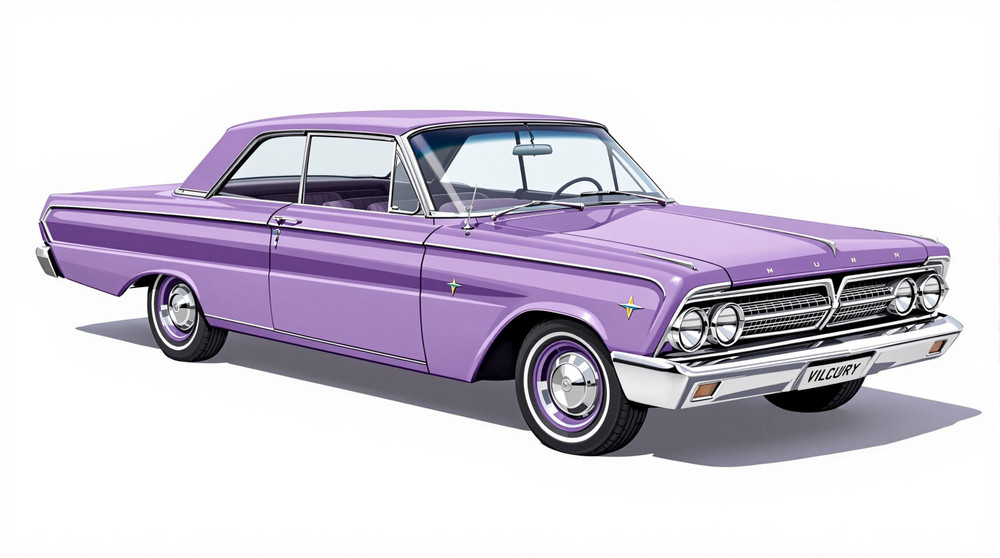Image of 1963 Mercury Villager, Note: These illustrations use artistic license and may differ from actual historical models.
Performance Metrics
Fundamental Metrics
Emotional Appeal
MMP Rating
| Engine Specifications | |
|---|---|
| Engine: | 390 CID V8 |
| Displacement: | 390 cubic inches (6.4 Liters) |
| Horsepower: | 250-330 HP |
| Torque: | 427 lb-ft |
| Compression Ratio: | 10.5:1 |
| Ignition System: | Conventional breaker-point ignition system |
| Cooling System: | Liquid-cooled |
| Performance Specifications | |
| 0-60 Time: | Estimated 8 seconds |
| 1/4 Mile Time: | Estimated 16 seconds |
| Top Speed: | 115 mph |
| Transmission and Drive | |
| Drive Type: | Rear-wheel drive |
| Transmission Type: | 3-speed automatic or 4-speed manual |
| Fuel and Efficiency | |
| Fuel System Type: | Carburetor |
| MPG: | Estimated 10-12 MPG |
| Dimensions and Brakes | |
| Brakes: | Drum brakes |
| Wheelbase: | 119 inches |
| Weight: | 3,800 lbs |
Note: Specifications for classic cars are given to the best of our ability, considering the limited and variant data available.
Unveiling the 1963 Mercury Villager: A Station Wagon with a Pedigree
In an era when station wagons ruled the suburban driveways, the 1963 Mercury Villager stood out with its blend of style and practicality. Born from the stables of Mercury, a division of Ford Motor Company, the Villager was designed to offer a more upscale alternative to the typical family hauler. Its introduction to the market marked a period when automotive design was as much about making a statement as it was about functionality. A notable moment in its history is its role in pioneering the luxury wagon segment, setting the stage for future models that would blend utility with opulence.
Design and Innovation: The Quintessence of '60s Flair
The exterior of the 1963 Mercury Villager exuded a sense of sophistication with its clean lines and distinctive trim. The front grille, with its intricate pattern, was flanked by sharp, eye-catching headlamps, while the vehicle's profile was elongated and elegant, hinting at its spacious interior. Inside, passengers were greeted with an array of high-quality materials and thoughtful touches. The cabin featured plush seating surfaces and wood-grain accents that conveyed a sense of luxury uncommon in wagons of that time. Technologically, the Villager was ahead of its curve, boasting features like power steering and brakes, which were not yet standard in all vehicles. Color options ranged from subdued to vibrant, with hues like Peacock Blue and Sultana White being popular among buyers. The most iconic body style was undoubtedly the 4-door station wagon, complete with woodgrain side panels that became synonymous with premium wagons of that decade.
Historical Significance: Paving the Way for Luxury Wagons
The 1963 Mercury Villager wasn't just another wagon; it was a trailblazer in creating a niche for luxury wagons. Its introduction challenged prevailing notions that wagons were merely utilitarian workhorses. Instead, it offered a glimpse into a future where such vehicles could be both functional and desirable for their design and comfort. This shift had lasting effects on automotive design philosophies and consumer expectations.
Performance and Handling: More Than Meets the Eye
Underneath its stylish exterior, the 1963 Mercury Villager housed a robust powertrain capable of delivering impressive performance for its class. While exact top speed figures vary, it provided ample power for highway cruising and spirited driving alike. Acceleration from 0-60 mph was respectable, allowing families to merge onto freeways with confidence. Handling-wise, drivers could expect a smooth ride quality typical of full-size American cars from that era. The suspension absorbed road imperfections well, though handling in windy conditions or on twisty roads reflected the vehicle's size and comfort-oriented setup. Behind the wheel, one would experience the throaty hum of its V8 engine—a sound that evoked the essence of American motoring.
Ownership Experience: Versatility on Four Wheels
Owners of the 1963 Mercury Villager used their vehicles for various purposes—from daily errands to cross-country adventures. Its reliability made it a common sight on American roads, while maintenance remained straightforward enough for DIY enthusiasts or local mechanics to handle. Despite being well-equipped for its time, any classic car presents unique challenges in terms of parts availability and specialized care required for preservation.
Fun Facts: A Wagon With Stories to Tell
The Villager has had its share of limelight with rare editions like the 'Nautica' special edition years later and even celebrity ownerships adding to its allure. While not known for breaking speed records, it certainly set benchmarks for what family transport could entail. Common criticisms often centered around fuel economy—a common trait among V8-powered vehicles from that era—and size-related maneuverability in tight spaces.
Collector's Information: A Cherished Classic
Today's collector market sees varying values for a 1963 Mercury Villager depending on condition and originality. Production numbers were not as low as some exclusive classics but finding one in pristine condition can be challenging. Prices can range significantly but expect well-maintained examples to fetch anywhere from $15,000 to $30,000 or more. As appreciation grows for '60s-era station wagons among collectors, values may continue to rise modestly over time.
Conclusion: The Legacy of Luxury Wagons Begins Here
The 1963 Mercury Villager stands as an important chapter in automotive history—ushering in an era where practicality met prestige on four wheels. It remains an endearing classic that captures the imagination of those who appreciate the blend of everyday utility with vintage charm.
1963 Mercury Villager Catalog of Parts
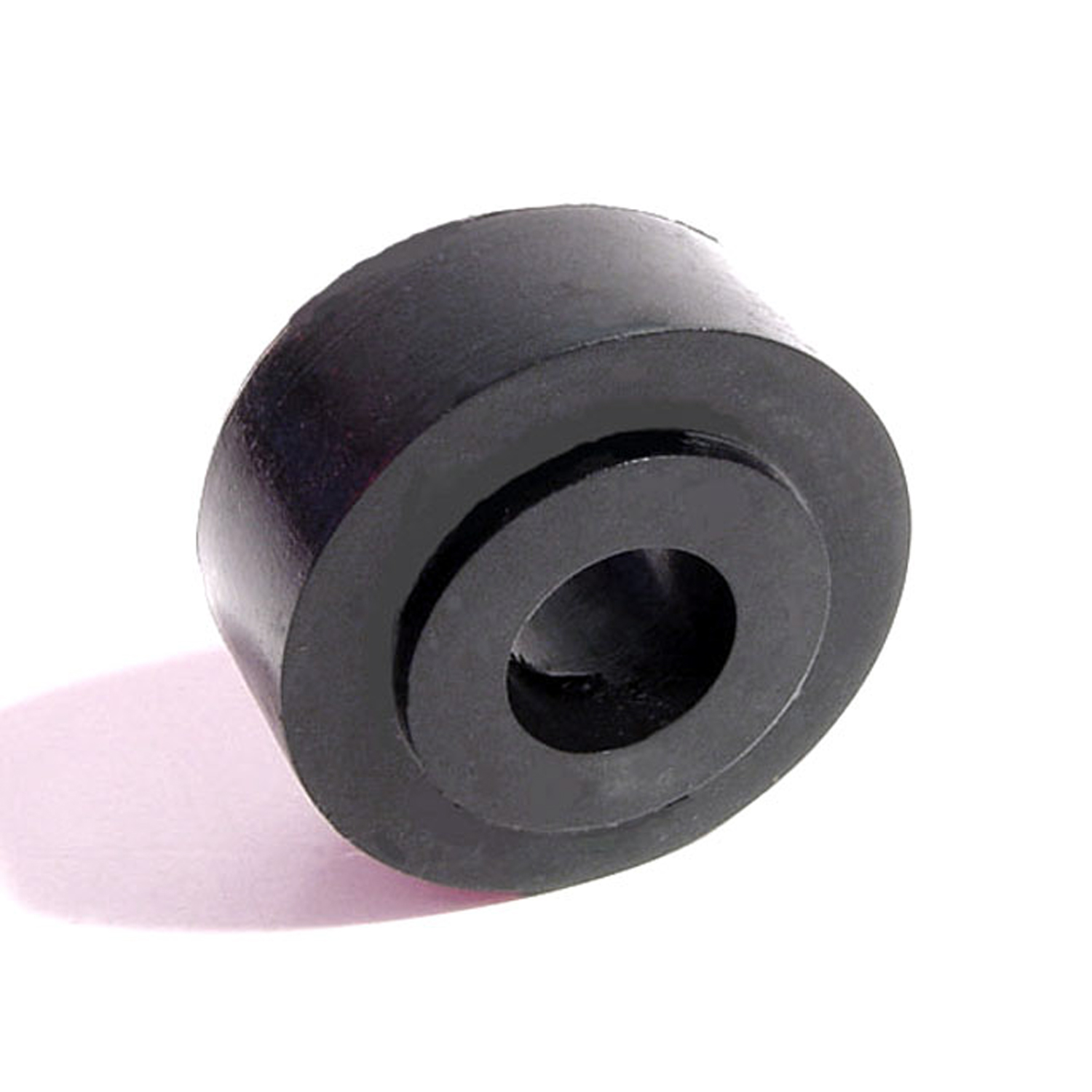 1963 Mercury Villager Shock Absorber Grommet. 1-1/4" bottom O.D., 1" high-BN 12Shock Absorber Grommet. 1-1/4" bottom O.D., 1" high., with 3/4" I.D. Each
1963 Mercury Villager Shock Absorber Grommet. 1-1/4" bottom O.D., 1" high-BN 12Shock Absorber Grommet. 1-1/4" bottom O.D., 1" high., with 3/4" I.D. Each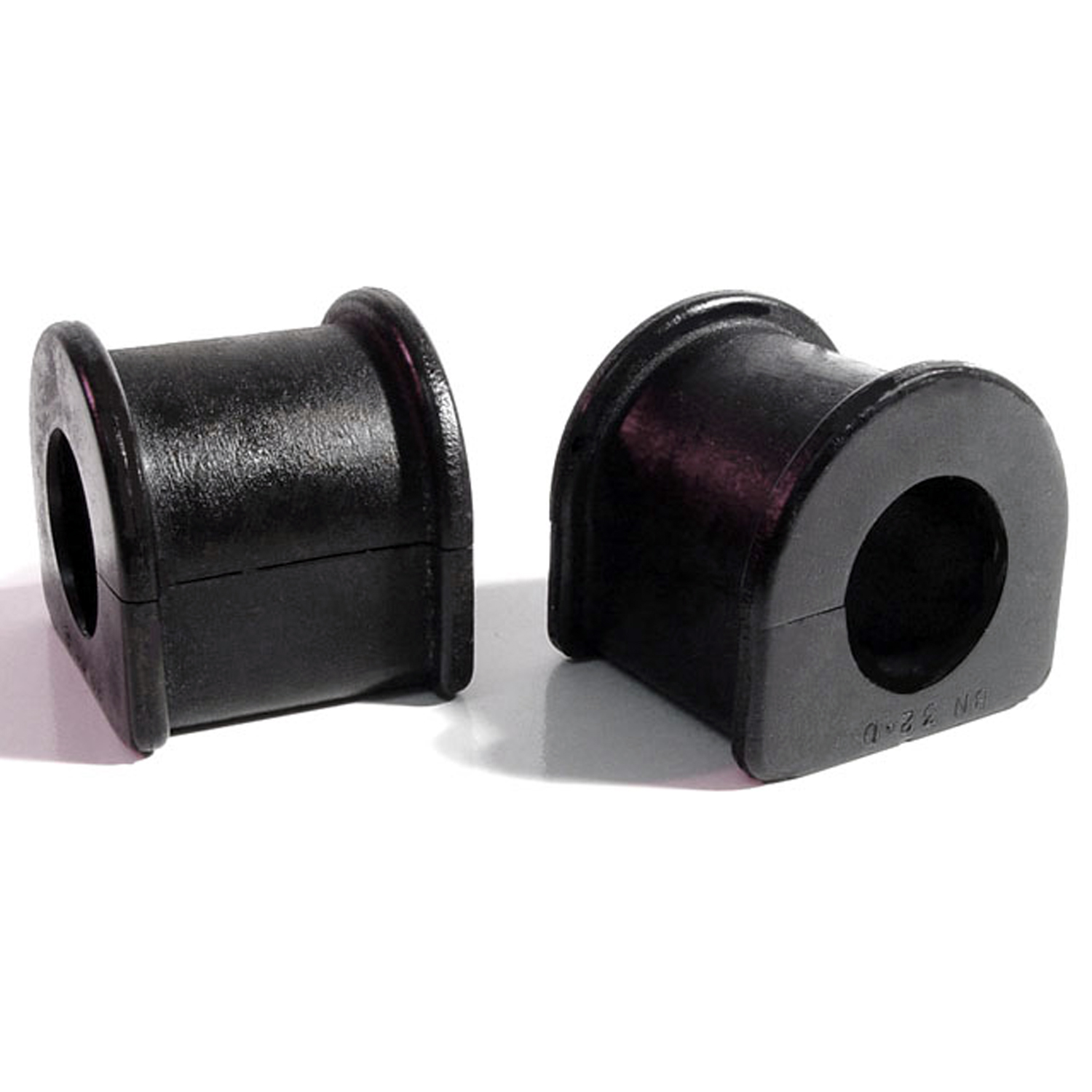 1963 Mercury Villager Stabilizer Bar Bushings-BN 32-DStabilizer Bar Bushings. 1-9/16" long X 1-1/2" wide X 1-5/8" high, 15/16" I.D. Pair
1963 Mercury Villager Stabilizer Bar Bushings-BN 32-DStabilizer Bar Bushings. 1-9/16" long X 1-1/2" wide X 1-5/8" high, 15/16" I.D. Pair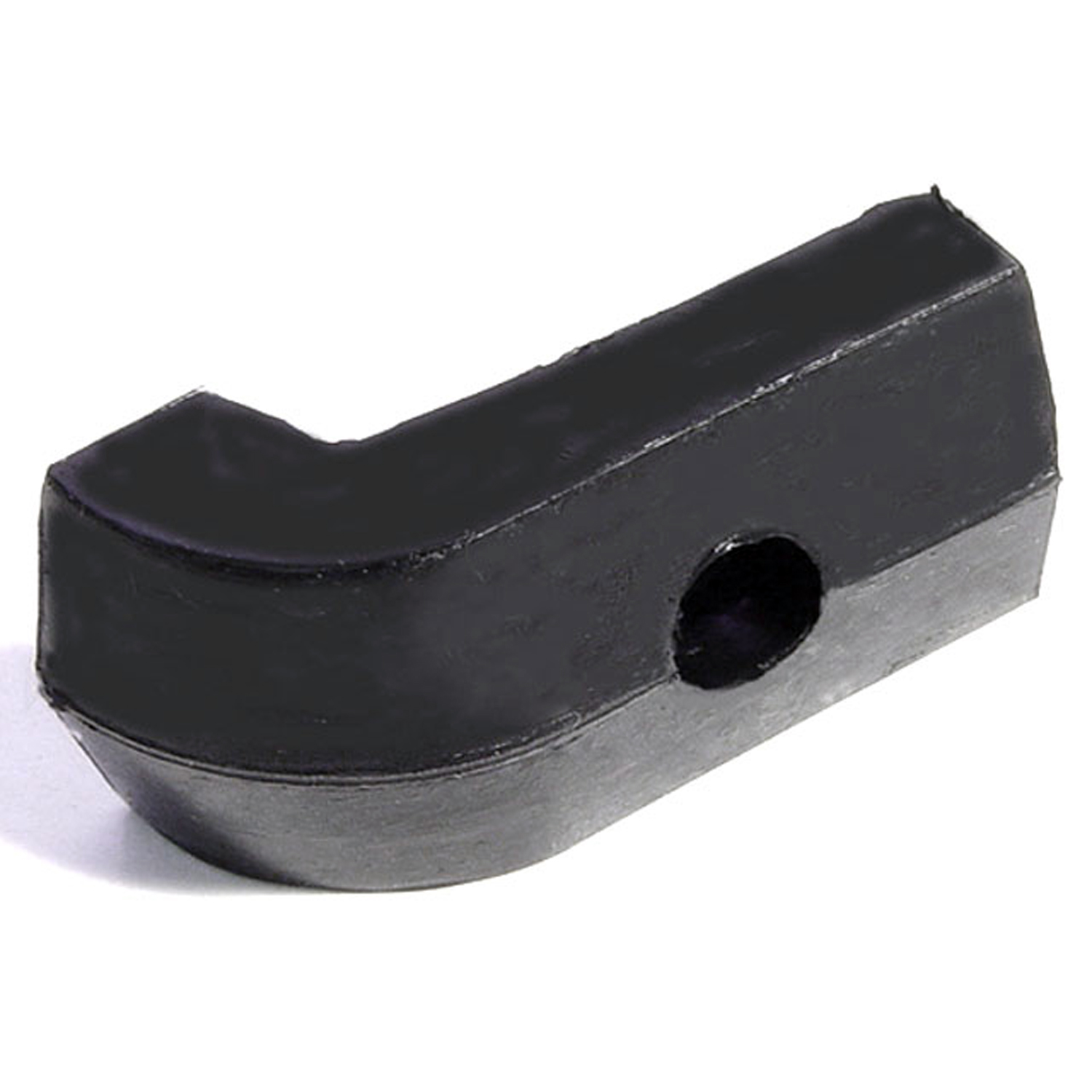 1963 Mercury Villager Hood Bumper. Made with steel core. Held by screw. Each-HF 40Hood Bumper. Made with steel core. Held by screw. Each
1963 Mercury Villager Hood Bumper. Made with steel core. Held by screw. Each-HF 40Hood Bumper. Made with steel core. Held by screw. Each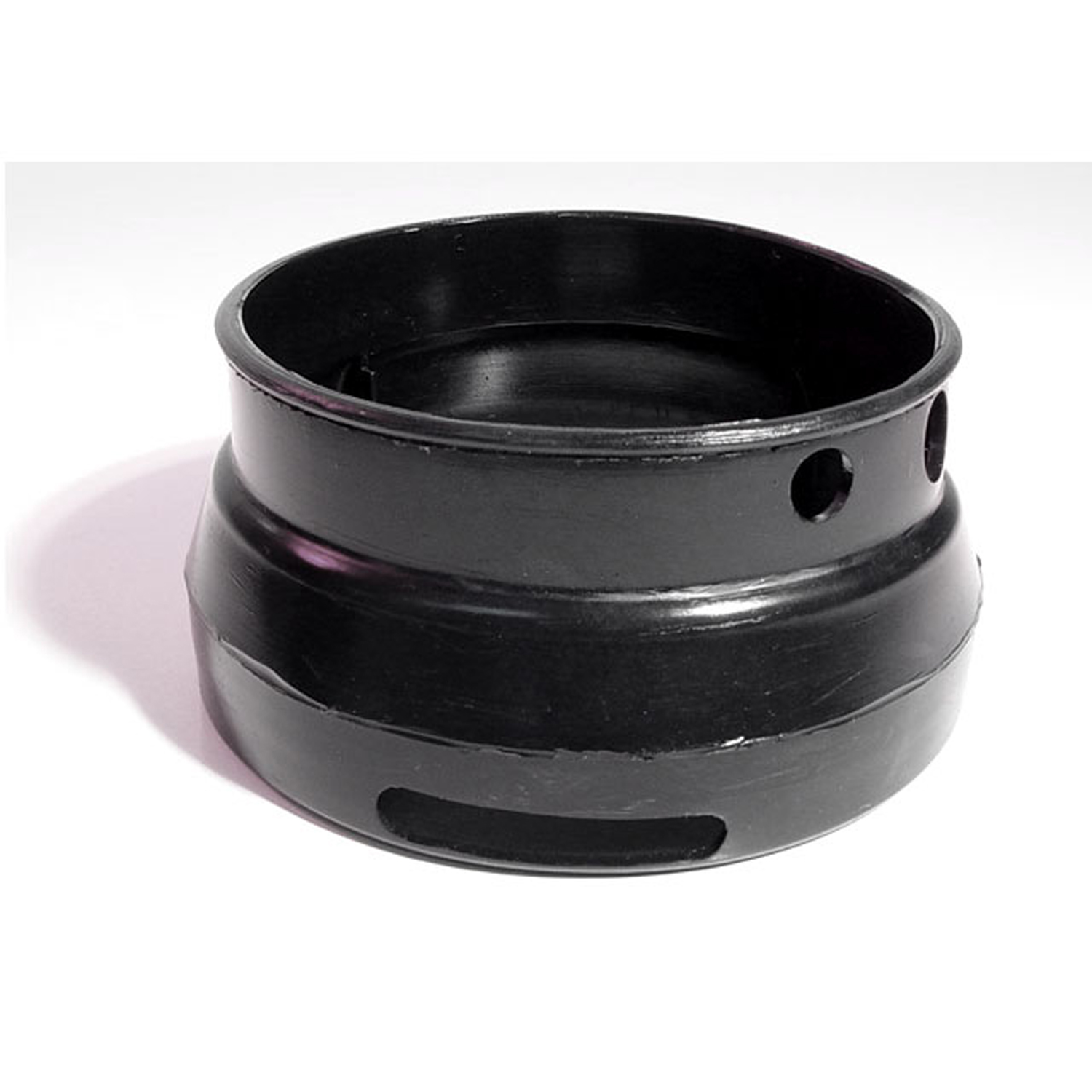 1963 Mercury Villager Generator Boot. Replaces OEM #C1AZ10170B-RP 2-FGenerator Boot. Replaces OEM #C1AZ10170B. Note: Notch may have to be cut by purchaser. Each
1963 Mercury Villager Generator Boot. Replaces OEM #C1AZ10170B-RP 2-FGenerator Boot. Replaces OEM #C1AZ10170B. Note: Notch may have to be cut by purchaser. Each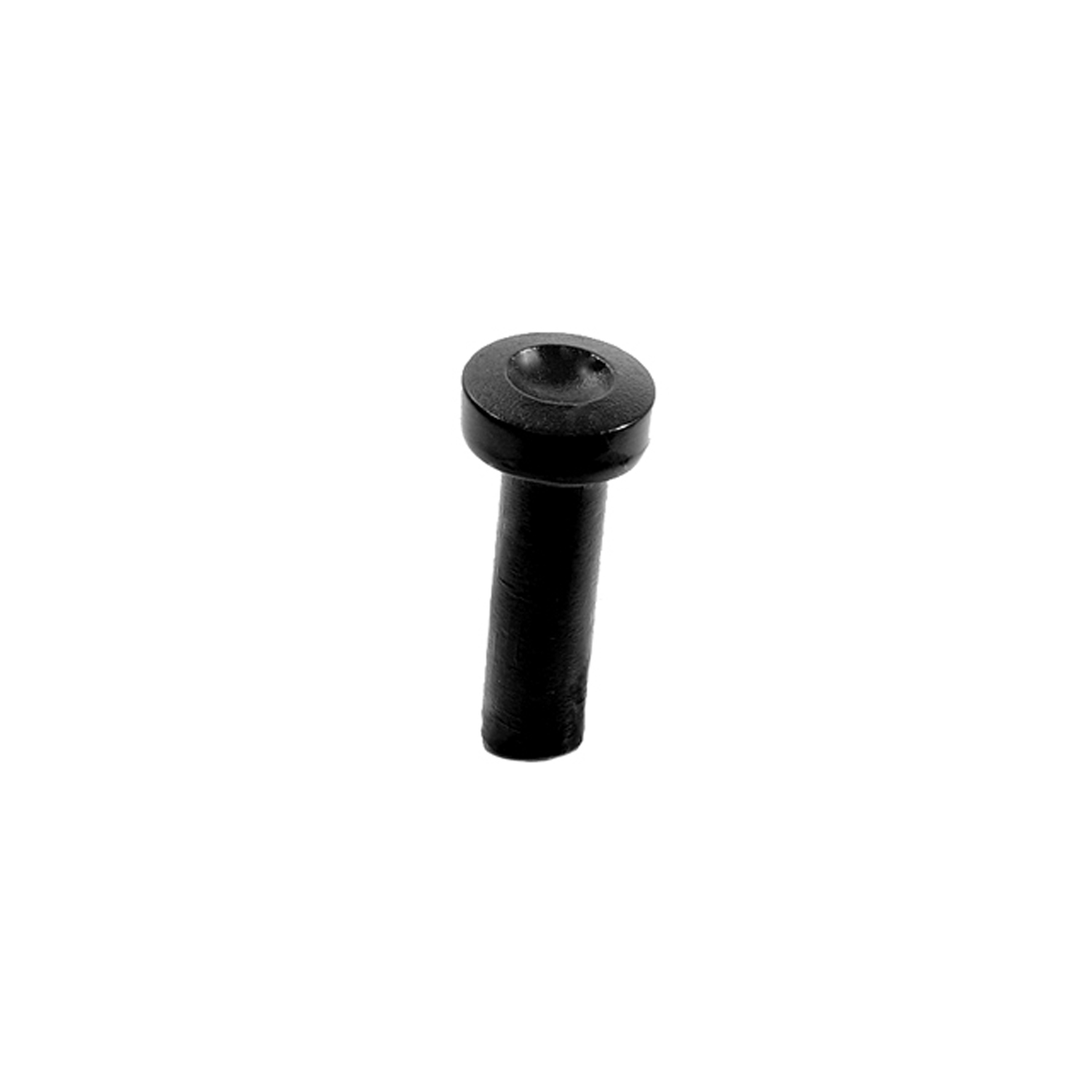 1963 Mercury Villager Door Lock Knob. Black Rubber. Each-RP 306Door Lock Knob. Black Rubber. Each
1963 Mercury Villager Door Lock Knob. Black Rubber. Each-RP 306Door Lock Knob. Black Rubber. Each 1963 Mercury Villager Door Lock Knob. 1-1/2" high. Made of red rubber. Each-RP 306-ADoor Lock Knob. 1-1/2" high. Made of red rubber. Each
1963 Mercury Villager Door Lock Knob. 1-1/2" high. Made of red rubber. Each-RP 306-ADoor Lock Knob. 1-1/2" high. Made of red rubber. Each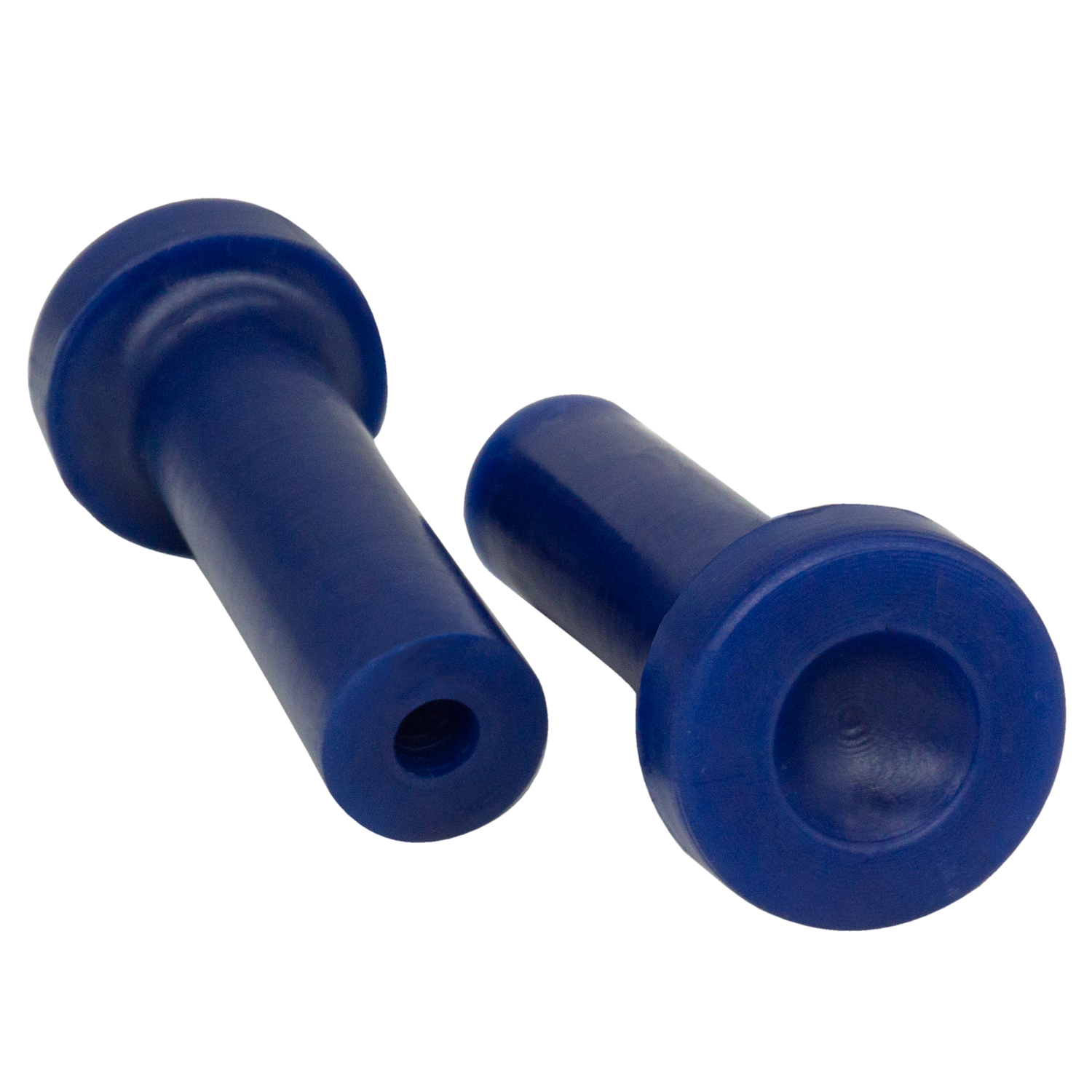 1963 Mercury Villager Door Lock Knob. 1-1/2" high. Made of blue rubber. Each-RP 306-BDoor Lock Knob. 1-1/2" high. Made of blue rubber. Each
1963 Mercury Villager Door Lock Knob. 1-1/2" high. Made of blue rubber. Each-RP 306-BDoor Lock Knob. 1-1/2" high. Made of blue rubber. Each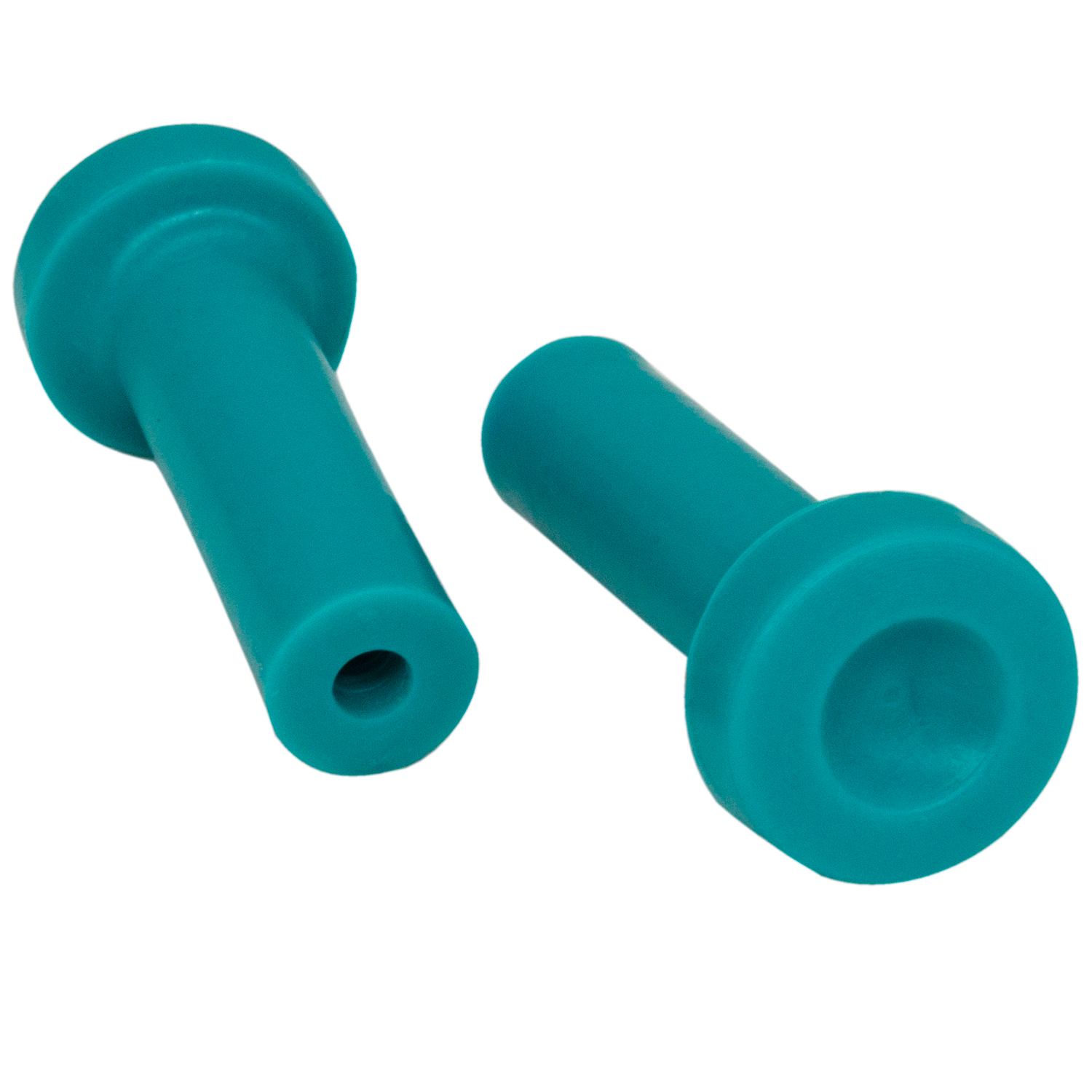 1963 Mercury Villager Door Lock Knob. 1-1/2" high. Made of turquoise rubber-RP 306-CDoor Lock Knob. 1-1/2" high. Made of turquoise rubber. Each
1963 Mercury Villager Door Lock Knob. 1-1/2" high. Made of turquoise rubber-RP 306-CDoor Lock Knob. 1-1/2" high. Made of turquoise rubber. Each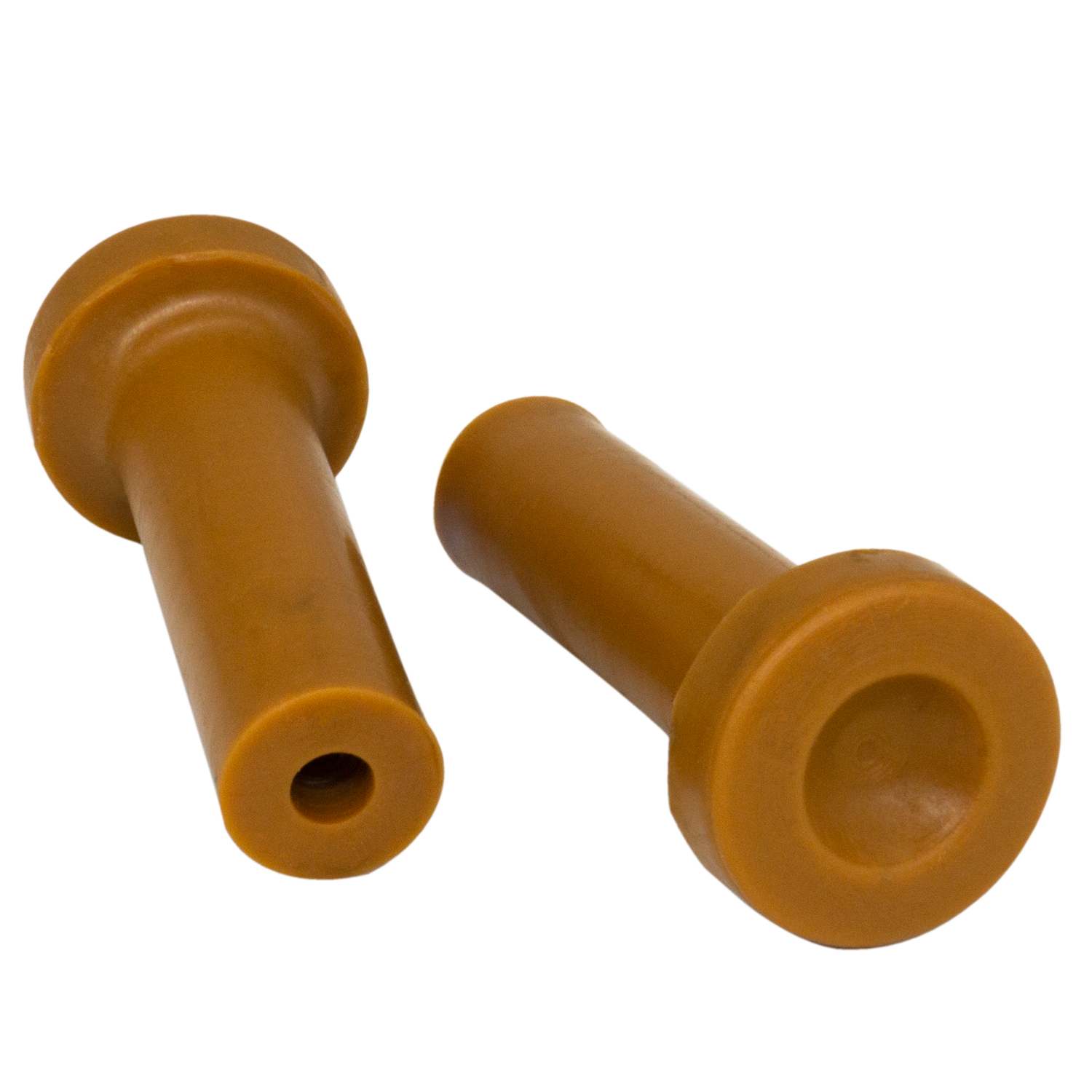 1963 Mercury Villager Door Lock Knob. 1-1/2" high. Made of beige rubber. Each-RP 306-DDoor Lock Knob. 1-1/2" high. Made of beige rubber. Each
1963 Mercury Villager Door Lock Knob. 1-1/2" high. Made of beige rubber. Each-RP 306-DDoor Lock Knob. 1-1/2" high. Made of beige rubber. Each 1963 Mercury Villager Brake Booster Boot. Each-RP 32-AABrake Booster Boot. Each
1963 Mercury Villager Brake Booster Boot. Each-RP 32-AABrake Booster Boot. Each 1963 Mercury Villager Hood Bumper. Snap-in wire base like original. Each-SB 89-AHood Bumper. Snap-in wire base like original. Each
1963 Mercury Villager Hood Bumper. Snap-in wire base like original. Each-SB 89-AHood Bumper. Snap-in wire base like original. Each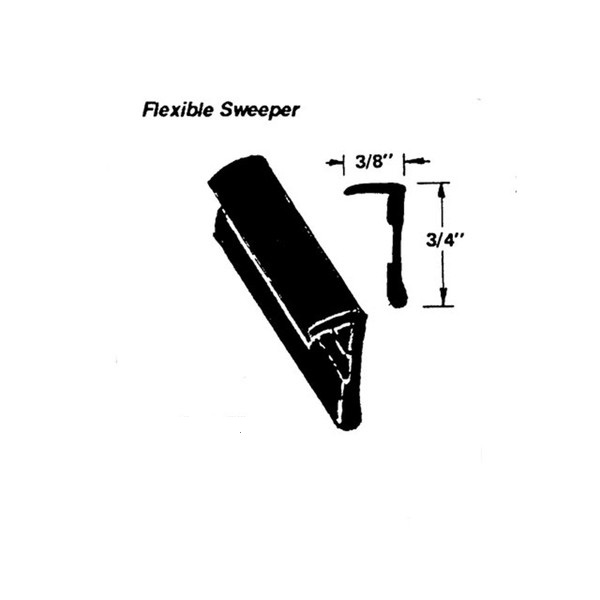 1963 Mercury Villager Flexible Sweeper. Made of rubber-WC 23-/FTFlexible Sweeper. Made of rubber. Seal for outside of side window. Sold by the foot
1963 Mercury Villager Flexible Sweeper. Made of rubber-WC 23-/FTFlexible Sweeper. Made of rubber. Seal for outside of side window. Sold by the foot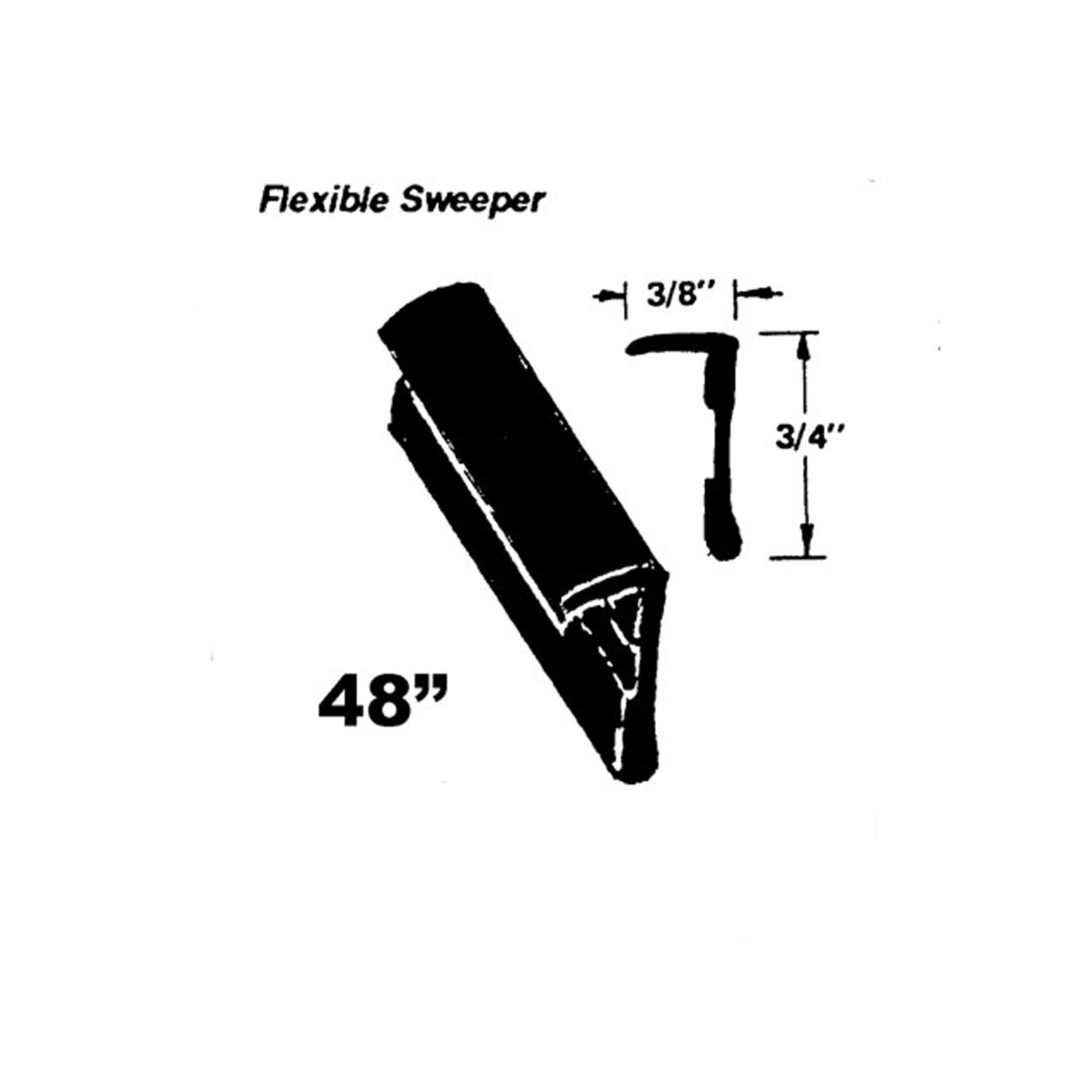 1963 Mercury Villager Flexible Sweeper. Made of rubber-WC 23-48Flexible Sweeper. Made of rubber. Seal for outside of side window. 48" Piece. Each
1963 Mercury Villager Flexible Sweeper. Made of rubber-WC 23-48Flexible Sweeper. Made of rubber. Seal for outside of side window. 48" Piece. Each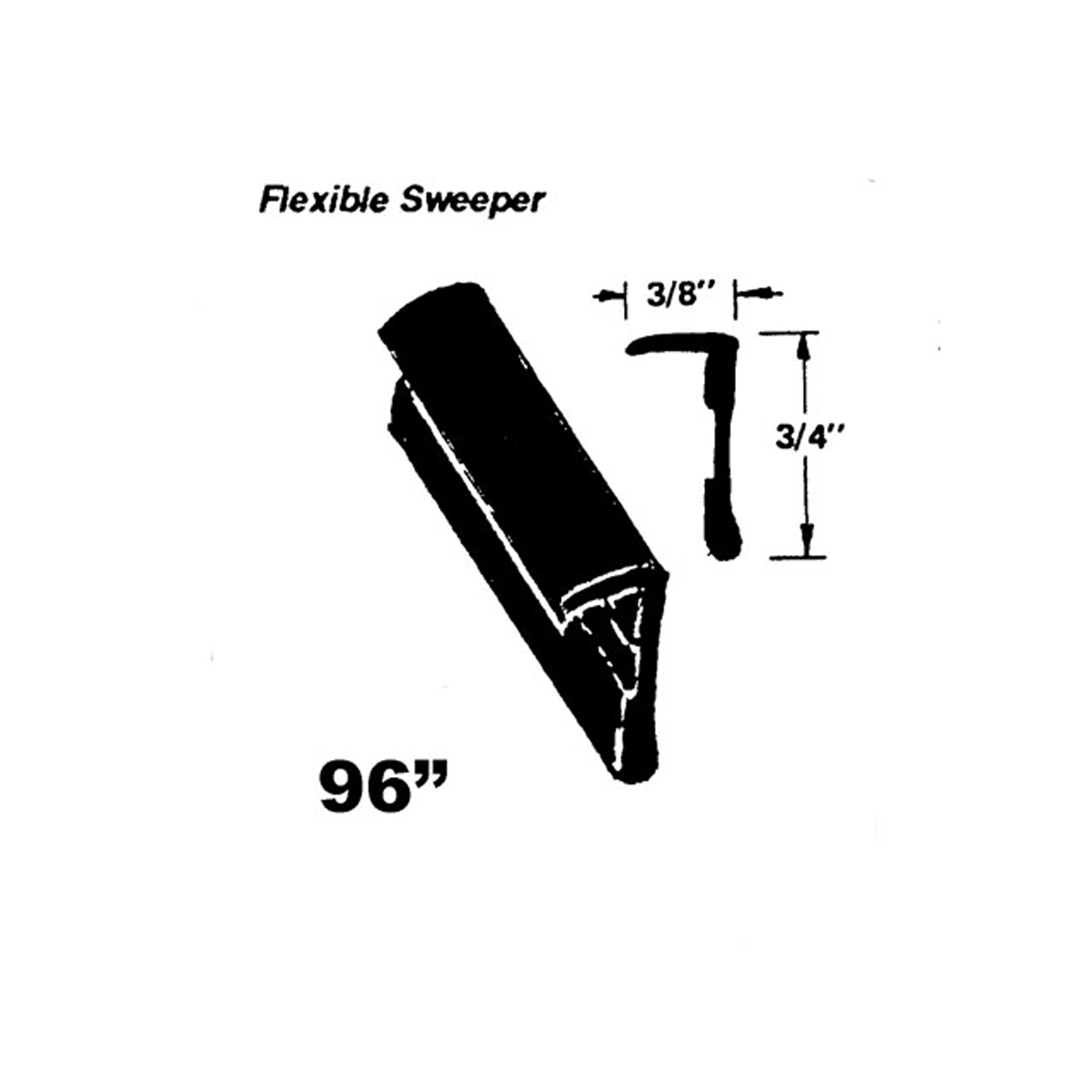 1963 Mercury Villager Flexible Sweeper. Made of rubber-WC 23-96Flexible Sweeper. Made of rubber. Seal for outside of side window. 96" Piece. each
1963 Mercury Villager Flexible Sweeper. Made of rubber-WC 23-96Flexible Sweeper. Made of rubber. Seal for outside of side window. 96" Piece. eachWhy Choose Metro?
For over 100 years, Metro Moulded Parts has been the pinnacle of quality in classic car restoration parts. Our commitment to precision and authenticity in every component ensures a perfect fit and an OEM-level appearance.
- Expert Craftsmanship & Quality: Each part is a testament to our dedication to reliability and perfection, crafted from original designs and thoroughly tested.
- Advanced Technology: We use cutting-edge techniques to create flawless, long-lasting parts that surpass others in performance.
- SuperSoft Sponge – The Ultimate Door Seal: Not only are our door seals 30% softer than competitors', but they're also guaranteed to never leak. They effectively reduce wind and road noise, enhancing your classic car's comfort and driving experience.
- Proudly American: Our parts are a product of American craftsmanship, made in the USA with a spirit of excellence and heritage.
- Unrivaled Warranty: We back our products with a 30-year industry-leading warranty, a testament to our confidence in their quality.
Join us in preserving the legacy of classic cars with parts that are crafted for perfection, not just made.

